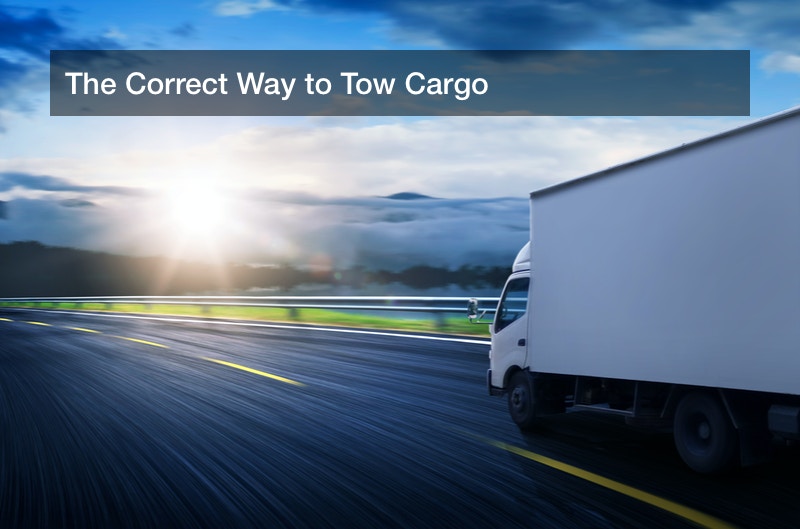

Whether for leisure or for work, many Americans are connecting trailers or RVs to the hitches on their pickup trucks and driving that wheeled cargo around. While motorhome RVs can drive themselves, most RVs are hitched onto a truck and rely on its power to get moved. Meanwhile, other trailers may be large and hold heavy items such as construction materials or livestock, and these heavy trailers will need their own set of brakes to match the truck’s own brakes. This is done with the aid of a multi axle brake controller, and these multi axle brake controllers may be found on the dashboard of the towing pickup truck. The best brake controllers will allow the trailer or RV to come to a smooth and total stop when needed, and poor brakes (or a lack of them) may cause the trailer to crash right into the truck. Meanwhile, trailer sway control may be an issue for drivers towing much lighter trailers, or some moderately heavy ones. Good towing technique is important when making a delivery.
Controlling Trailer Sway
What is the problem here? Trailer sway is when the trailer behind a vehicle is starting to sway back and forth, and if this continues for too long, cargo in that trailer may come flying off. Flying debris may be a hassle to recover (and in some cases impossible) to recover, and flying debris may strike property or cars along the way, a scenario that’s not to be desired. The swaying trailer may go out of control and even break free, or the sheer force may disrupt the towing vehicle’s own movements and cause a crash. Fortunately, there are ways to avoid this. For one, the driver should ensure that no items in the trailer are extending out beyond the trailer’s body, and items in the trailer should be focused at the front, near the towing vehicle. If too much weight is at the back, the trailer may start swinging like a pendulum.
If trailer sway starts, the driver is advised to let off the gas pedal and carefully and smoothly slow down, taking care to not simply hit the brakes and come to a sudden stop. The driver may want to keep dropping speed until they get below the speed where the swaying started, and that may eliminate the sway. If not, the driver may keep slowing down gradually until they come to a stop, then adjust the contents of the trailer to fit the description above.
RV and Large Trailer Brake Controls
Meanwhile, towed RVs and larger trailers will need their own set of brakes for safe travel, since these towed items are quite heavy and large and thus brakes prevent accidents from occurring. Many RVs are multi-axle, and they will need multi axle brake controllers and brake wiring on hand to keep them in control on the road. Some multi axle brake controllers are inertia-based, and they are best for the heaviest and largest loads of all. These inertia brakes can use electronic sensors to detect the towing vehicle’s inertia and speed, and when the towing truck starts braking, the sensors will recognize that. To match the truck’s braking, the multi axle brake controller will tell the RV or large trailer’s own brakes to activate in a similar manner, and this allows everything to brake at the same time, without colliding or pulling apart.
Better yet, these inertia multi axle brake controllers can be used on inclines or downward slopes safely. Going uphill, the brakes won’t let themselves brake too hard or too softly, or else the RV might tug the truck back and strain the trailer hitch. Meanwhile, brakes on a downward slope will activate more tightly so that the RV will not slam right into the towing truck due to gravity.
Smaller RVs and trailers are lighter, and may make use of timing brakes if so desired. These electronic brakes sense when the towing vehicle is braking, and using pre-programmed timing to activate and gradually increase the trailer’s own braking. The owner may program the brakes’ timing as desired, and such brakes are a fine choice for lighter loads going across flat terrain. Inertia brakes, by contrast, are a better call for heavy loads or sloped terrain.